System Overview
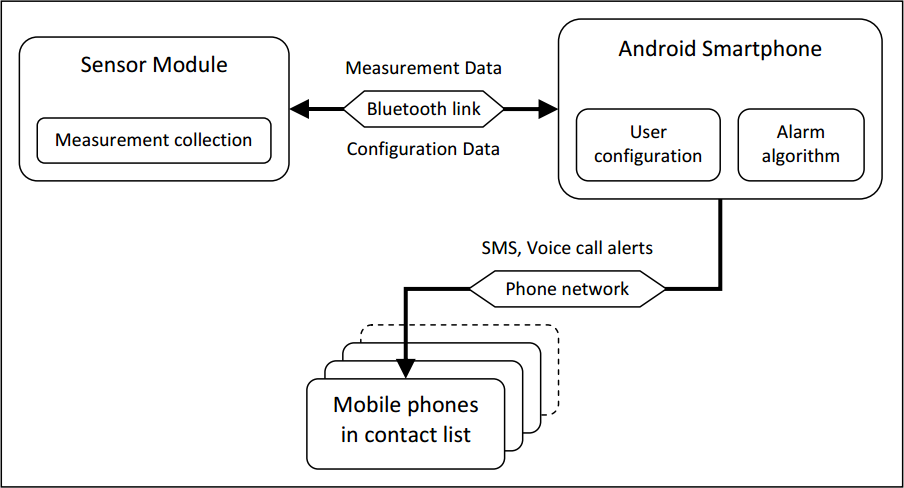
A mobile sensor device contains an ATmega328p, an HIH6131 humidity and temperature sensor, a LIS3LV accelerometer and a SPBT2632C2A Bluetooth module, all powered by a 2.7V LTC4081 switchmode power supply/charger and a 400mAh LiPo battery. The sensor is designed to be worn close to the skin of the diabetic, and detect the heavy sweating that often occurs with very low blood glucose levels.
Every 15 minutes, the sensor module powers up the Buetooth module and connects to the nearby Android phone, uploading all the sensor data for that period before switching the Bluetooth back off to save power. The Android application then sorts through this data, and determines if an alarm is required. If an alarm is triggered, it then works through a list of preset contacts, calling them for assistance until one texts back.
More detail on how the system works can be found in the following project logs:
All code, schematics, and PCB designs developed for this project are free and unencumbered, released into the public domain. It turns out it's actually harder than I thought to declare something completely public domain, but I'm honestly happy for people to do whatever they want with them. No attribution necessary.
Feedback Wanted
While I know several people who are type 1 diabetics, and have designed this system with their input, I’m not a diabetic myself, am certainly not an expert on the subject, and realise that the experiences people have with it can be quite different. One of the main motivations for me posting this project was get input from a wider group of people, and so if there’s anything you read here that doesn’t quite sit right with what you know about diabetes, let me know!
 novirium
novirium


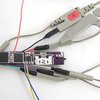
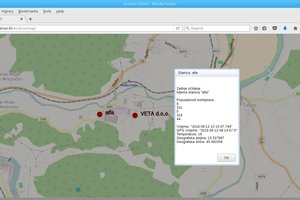
 mikrotron
mikrotron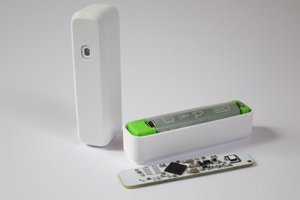
 Max.K
Max.K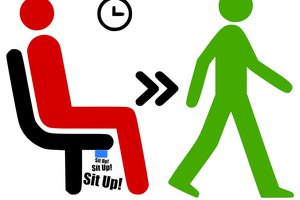
 electrobob
electrobob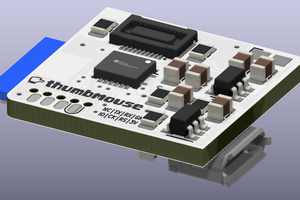
 Matias N.
Matias N.
it is wearable or portable?